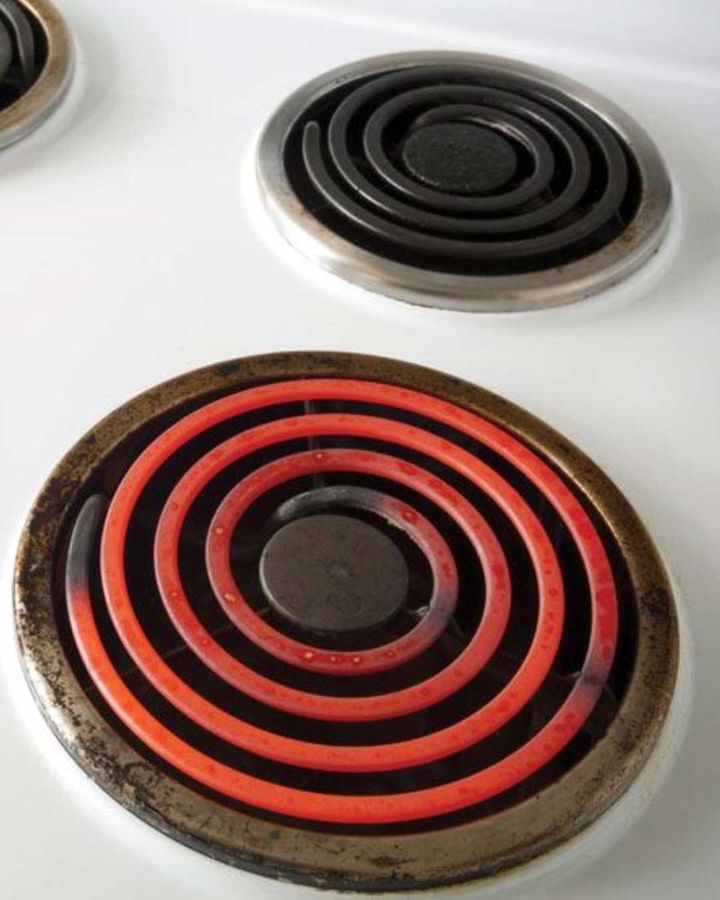ADVERTISEMENT
Sure! Here’s a full 1000-word article for the recipe-style topic:
—
# **What’s Better: Gas or Electric for Cooking? Here’s What You Should Know**
When it comes to cooking at home, the stove is the heart of the kitchen. Whether you’re searing steaks, simmering sauces, or scrambling eggs, your cooktop choice can have a big impact—not just on how your food turns out, but on how much energy you use, your long-term costs, and even your safety.
So, the age-old question: **What’s better for cooking—gas or electric?**
The answer isn’t one-size-fits-all. It depends on your cooking style, preferences, budget, and even your environmental values. In this article, we’ll break down the pros and cons of **gas vs. electric stoves**, and give you all the info you need to decide which one belongs in your kitchen.
—
## 🔥 Gas Cooking: The Classic Choice for Home Chefs
Gas stoves have been a longtime favorite among professional chefs and home cooks alike. There’s something satisfying about the sight of open flames under your skillet—and for many, gas simply *feels* like real cooking.
### ✅ Pros of Gas Cooking:
**1. Immediate Temperature Control**
When you turn the knob on a gas burner, the heat changes instantly. Want to simmer instead of boil? Just lower the flame. This responsiveness is perfect for recipes that require precise temperature control—like melting chocolate, reducing sauces, or stir-frying.
**2. Visual Heat Indicator**
The flame shows you exactly how much heat you’re using. It’s a visual cue that makes it easier to gauge intensity without guesswork.
**3. Even Cooking with Flame Wrap-Around**
Gas flames can wrap around pans, heating the sides as well as the bottom. This can create more even heat distribution, especially for round-bottom pans like woks.
**4. Still Works During Power Outages**
Since gas stoves don’t rely on electricity to generate heat, you can still cook during a blackout—though newer models may need electricity to ignite the flame or run digital controls.
### ❌ Cons of Gas Cooking:
**1. Requires Gas Hookup**
Not every home has access to a gas line. If your kitchen isn’t already set up for gas, installation can be costly or even impossible, depending on your location.
**2. Less Energy Efficient**
Gas stoves typically waste more energy than electric ones. A lot of the heat escapes around the sides of the cookware instead of going directly into the food.
**3. Open Flames = Fire Risk**
With gas comes open flames, which means more potential hazards—especially in homes with children, pets, or lots of kitchen towels lying around.
**4. Indoor Air Quality Concerns**
Studies show that gas stoves can release pollutants like nitrogen dioxide, carbon monoxide, and formaldehyde. Even when off, gas stoves may leak small amounts of methane. Proper ventilation is crucial.
—
## 🔌 Electric Cooking: Clean, Modern, and Easy to Use
Electric stoves are often viewed as more modern, sleek, and user-friendly—especially with the rise of smooth-top and induction ranges.
### ✅ Pros of Electric Cooking:
**1. Smooth, Easy-to-Clean Surface**
Many electric stoves have a glass-ceramic top, which means no grates or burners to scrub. Just a quick wipe-down and you’re done. That’s a big win for weeknight cleanup.
For Complete Cooking STEPS Please Head On Over To Next Page Or Open button (>) and don’t forget to SHARE with your Facebook friends
